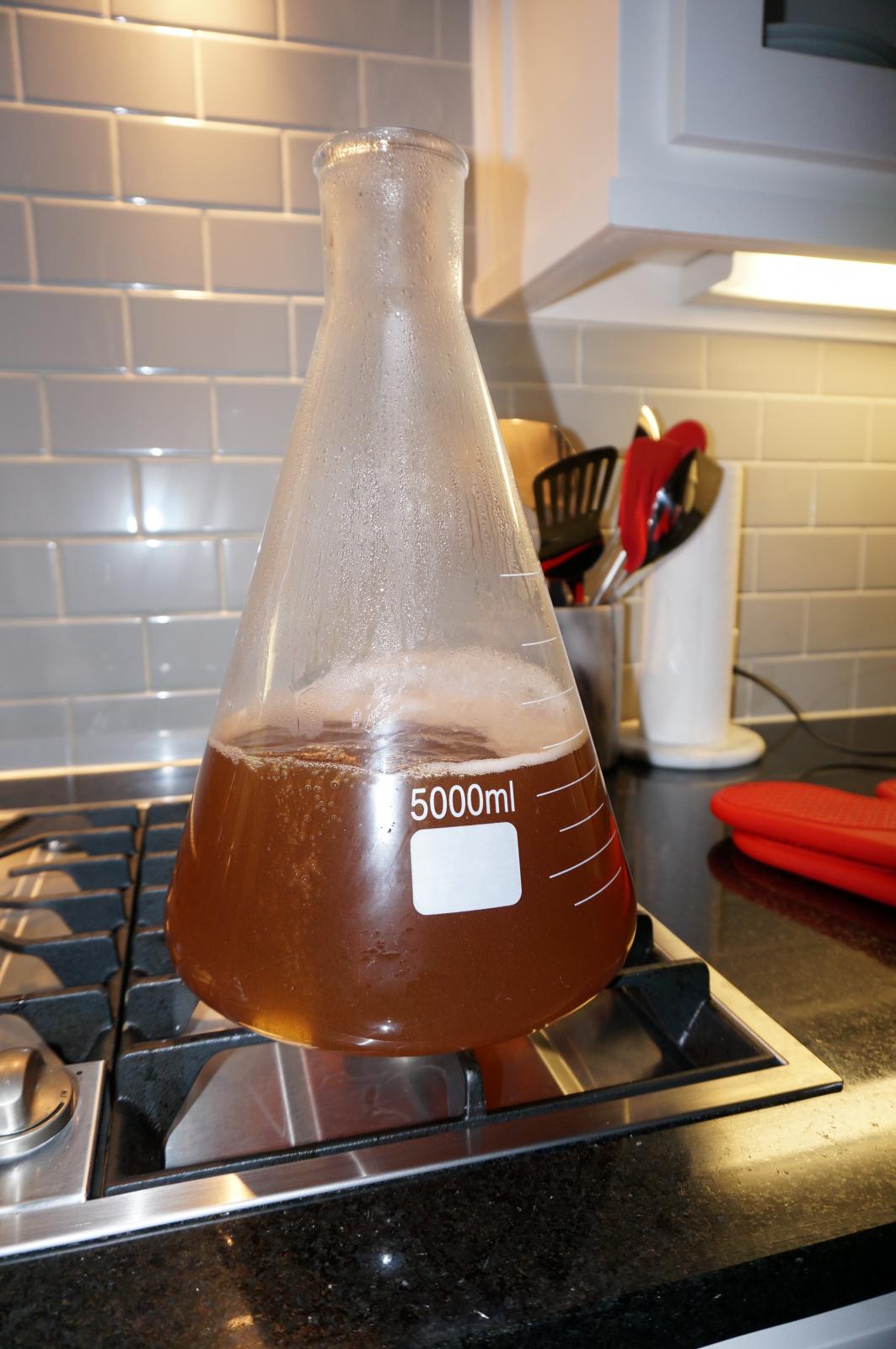DurtyChemist
Well-Known Member
I walked into a local brew shop and saw they had one for $37. They're more expensive everywhere else. I don't brew 10 gallon batches but I'm setup for it with 10 gallon mash tun and an old Coors keg for a keggle. I know I can grow more yeast in a 5L flask and it might eventually pay for itself with savings but I'm currently doing fine with saving yeast from my 2L started and getting 3-4 starters from 1 pound of DME. Other than the money burning a hole in my pocket why would I need a 5L flask?




